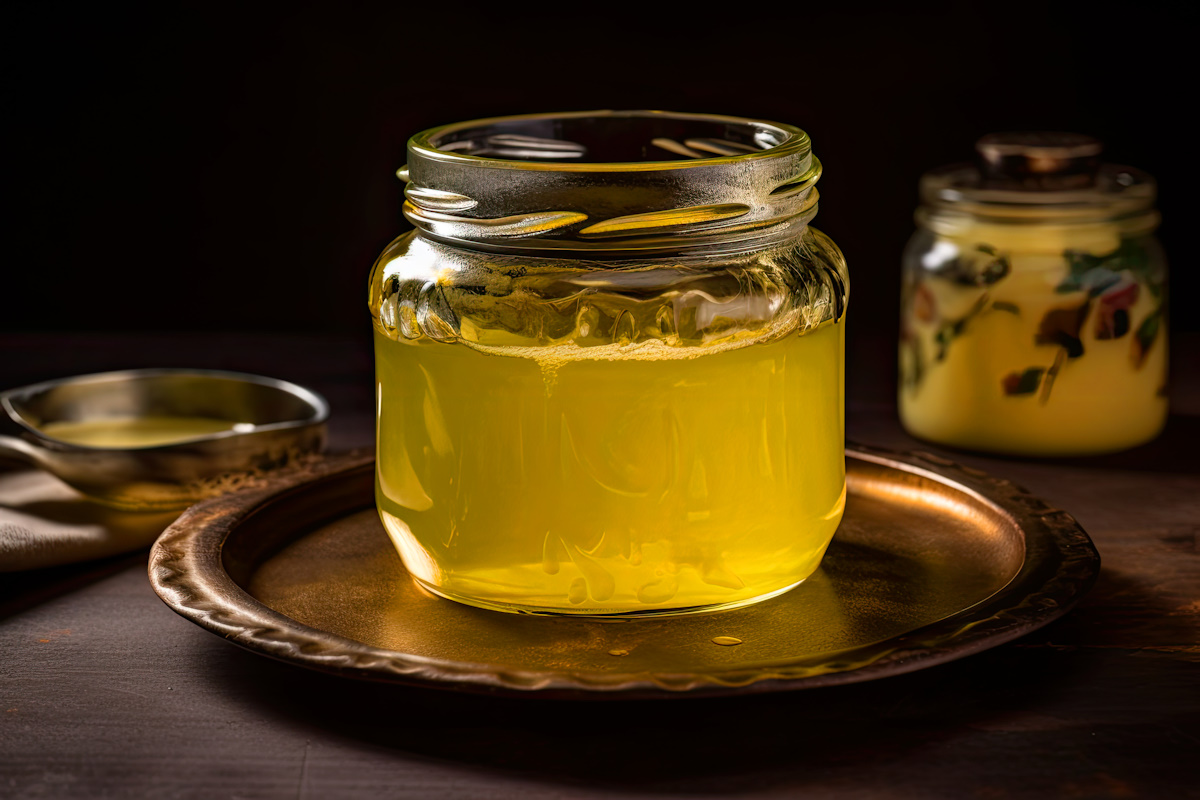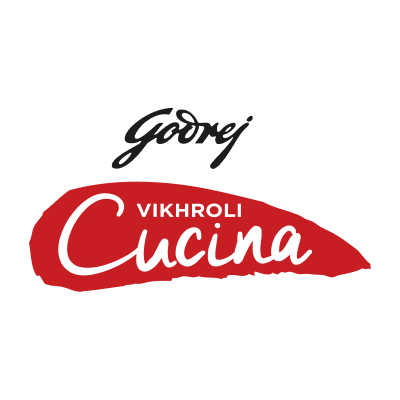
Ghee galore: exploring the diverse types of ghee across India
Explore the diverse world of Indian ghee and discover how each type adds unique flavours to your dishes and enhances its nutritional value.

Indian ghee embodies the richness of the country's culinary heritage and diversity. Whether it's the everyday cow ghee or the traditional Bilona ghee, there's ghee for every palate and occasion. No matter the type, Indian ghee adds a distinct flavour and boosts the nutritional value of your dishes. Let’s explore these varieties and elevate your cooking with the rich flavours and aromas of Indian ghee.
Cow ghee
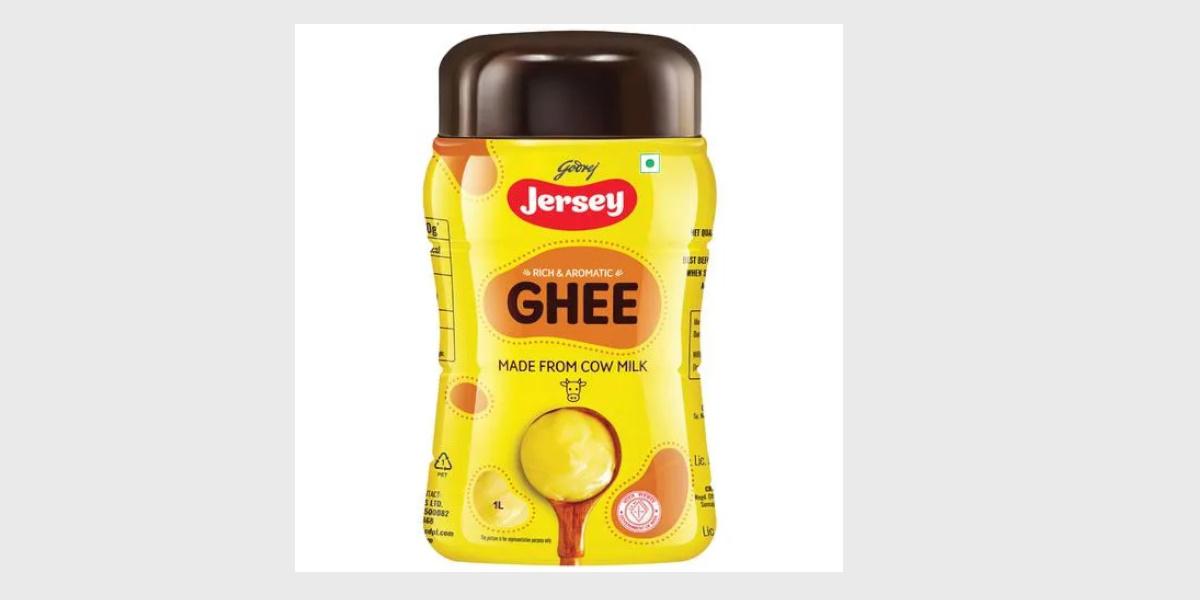
One of the most commonly used ghee types in Indian households, cow ghee has a golden yellow hue and a distinct nutty flavour. It is rich in essential fatty acids, vitamins A, D, E and K, and antioxidants. It's believed to aid digestion, boost immunity and promote overall well-being. From rich curries to delectable desserts like halwa, the authentic taste of Godrej Jersey Cow Ghee can elevate the taste of both sweet and savoury dishes alike.
Buffalo ghee
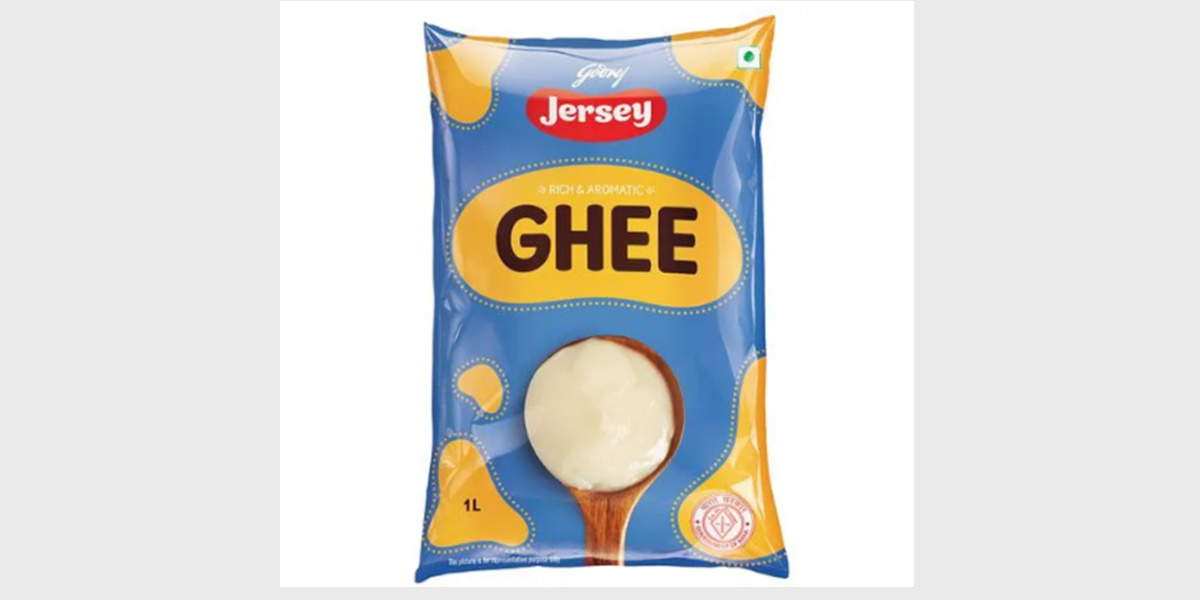
Made from buffalo milk, this type of ghee has a rich, creamy texture and is white in colour. Usually known for its strong flavour and high fat content, buffalo ghee is the perfect choice for traditional Indian sweets like barfis, ladoos and even gulab jamun. It is favoured for its longer shelf life and is a staple in northern Indian regions like Punjab and Uttar Pradesh.
A2 ghee
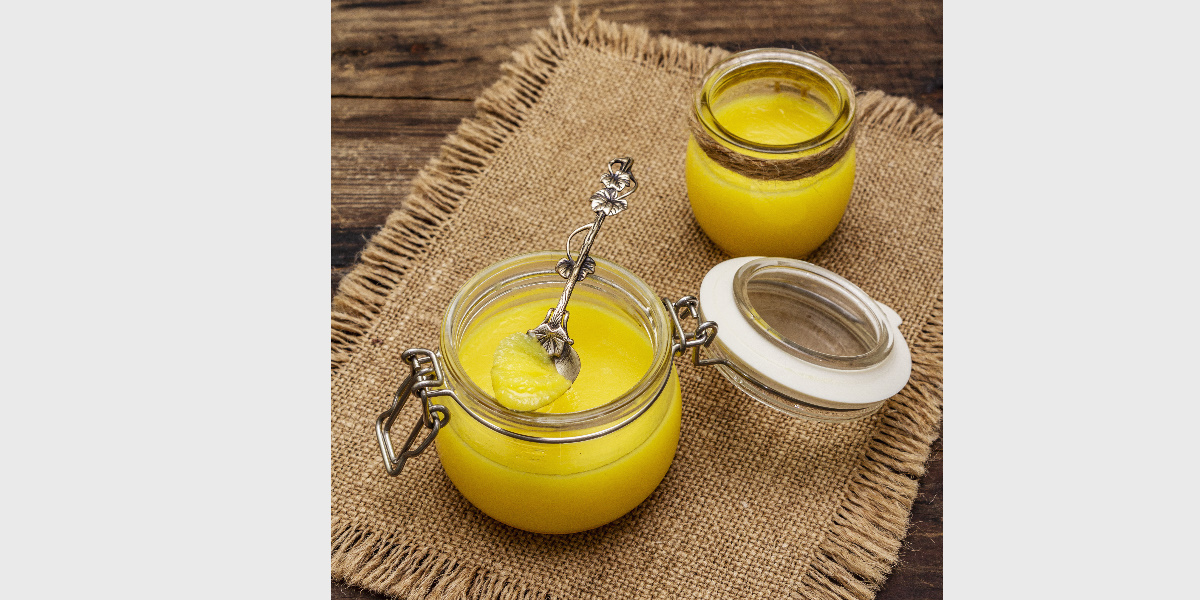
Ghee derived from the milk of indigenous cow breeds such as Gir, Sahiwal and Red Sindhi is known as A2 Ghee. These cows produce A2 beta-casein protein, which is believed to be healthier and easier to digest than the A1 protein found in regular cow milk. A2 ghee boasts a rich aroma, a golden colour and a unique flavour profile. It is often used in Ayurvedic practices due to its purported health benefits.
Goat ghee
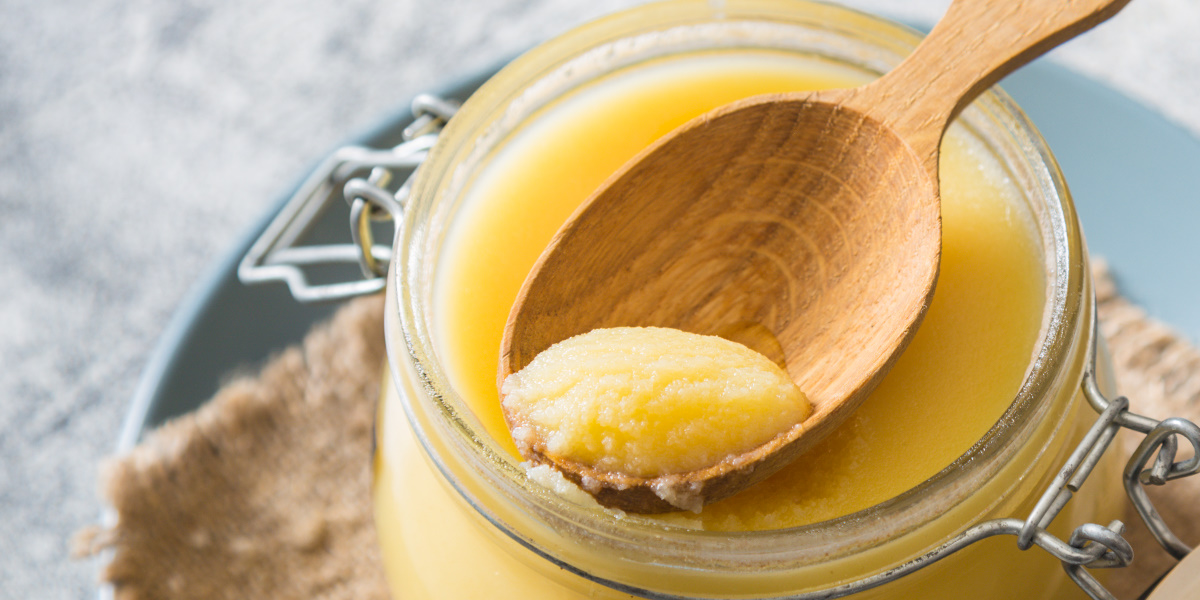
Though less common, goat ghee is a hidden gem in the world of ghee. Made from goat's milk, it has a distinct flavour and a slightly granular texture. It has higher contents of medium-chain fatty acids, which can be easily digested, providing you with a quick source of energy. Goat ghee is used sparingly in cooking but adds a unique touch to dishes like biryanis and khichdis.
Bilona ghee
Source: A post shared by Megha Jain (@amfoodtales)
Bilona ghee is a traditional, artisanal ghee made using the ancient Vedic method. It involves churning curd to extract butter, which is then simmered to produce ghee. This technique ensures that the ghee retains its natural nutrients and flavour. It is often used in religious rituals due to its traditional significance.
Organic ghee
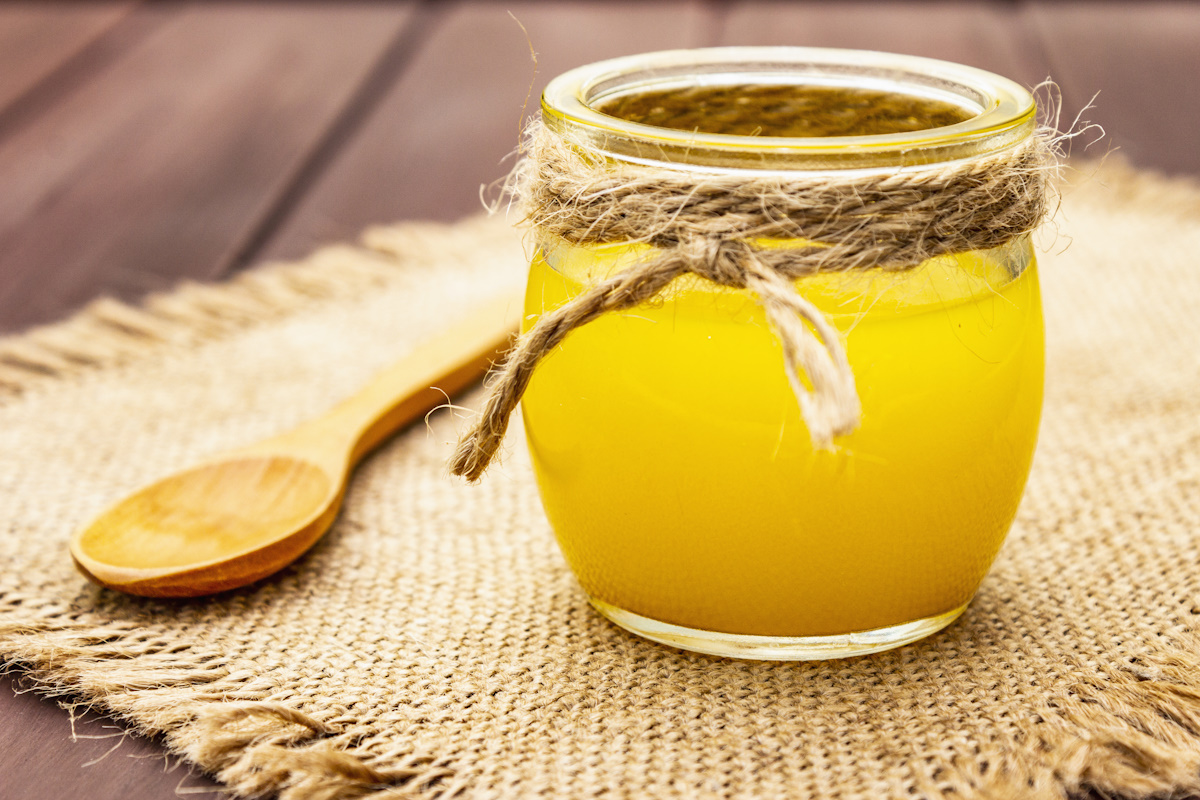
Organic ghee is made from the milk of cows that are raised on organic farms, where they graze on natural fodder without the use of synthetic pesticides or fertilizers. It is free from artificial additives, preservatives and hormones, making it an excellent choice for health-conscious individuals who prioritise organic and sustainable food products.
Whether it is due to the variations in dairy sources or the traditional regional practices, each Indian ghee type is just as versatile and rich as it is delicious. The diverse range of flavours and textures, in addition to their premium quality, is just what you need to elevate your cooking.
Which ghee type do you use in your dishes? Tell us in the comments!
Tags
0 Comment
You may also like
-
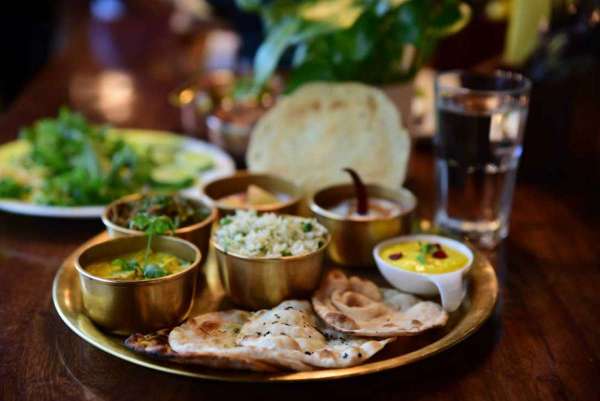
Kitchen stories Spices and stories: Savouring India’s languages through food
by Vikhroli Cucina
-
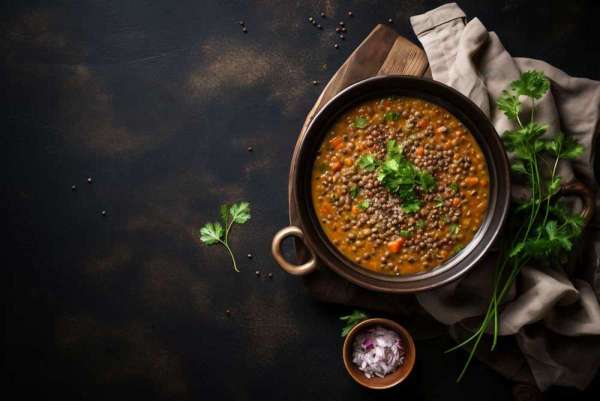
Kitchen stories 5 protein-rich dal recipes from across India
by Vikhroli Cucina
-
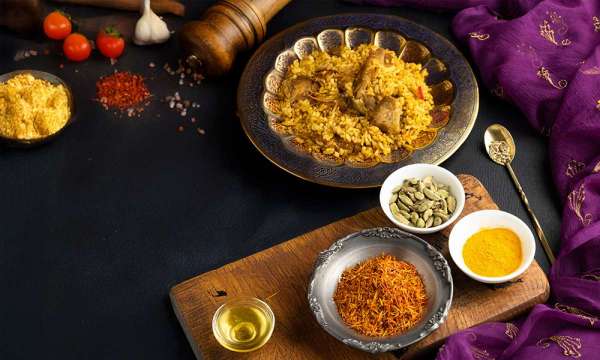
Kitchen stories Spring special: 4 yellow recipes to brighten your table
by Vikhroli Cucina
-
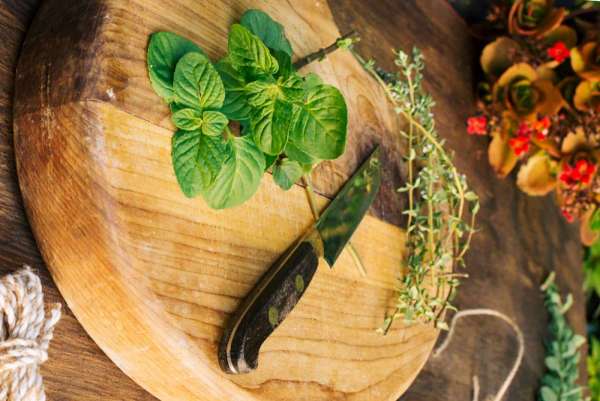
Kitchen stories A Forager's Guide to India: Discovering Edible Wild Plants
by Vikhroli Cucina

